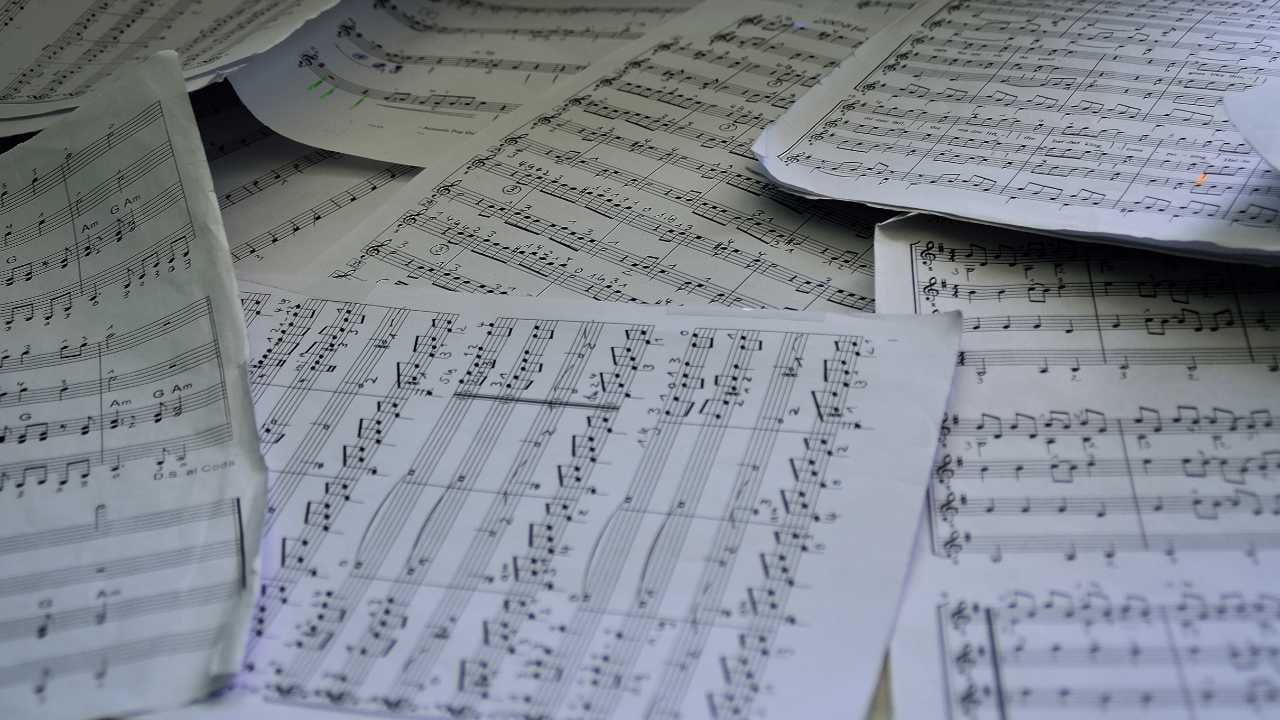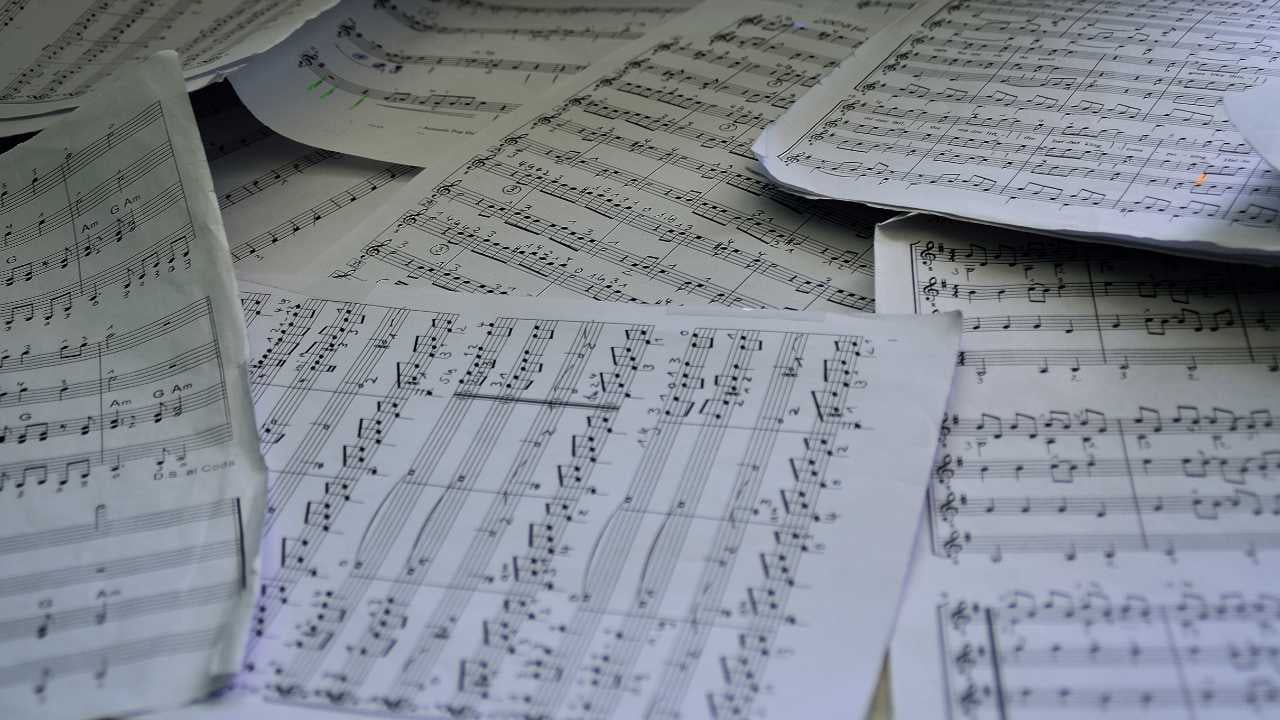So, as I have said, in other articles, classical guitar is one of the most beautiful instruments in the world. Nothing compares to it when you have a great piece that is beautifully played. So how do you go about composing for guitar? There are a couple of ways you can start.

Starting Points for Composing
If you are familiar with a lot of repertoire, you will have a treasure trove of starting material. Learning to analyze a piece of music is a great introduction. This is one way you could start a new piece for the guitar. In this way, you have a map already laid out of where you are going, which chord you are going to use, and when and how you will modulate. By starting with an established piece even the form is given to you.
You might say this is cheating and to be honest I used to feel that way. However, we are not rewriting an established piece, but using it as a guide to start a new one. After taking a course in composition, I find this is a very ingenious way to begin a new piece.
The other option is improvision. If you have looked at any of my work, you might notice a lot of open triads. I really like starting out with open triads. This is a great way to get a piece started. However, when starting with your own chord progressions, you will have to do more revisions in the end. That is not a problem, but you might want to take a little longer when revising.
In both forms, you will determine where to use different kinds of chords, cadences, etc. Once you have everything laid out and the basic bare-bones established then you can add a melody.
Two Ways for Composing a Melody
I like to sing over the established chords. That is the way I have always written. Coming from a rock ‘n’ roll background that is just how you did it. However, many teachers of composition encourage starting with the melody first and then harmonizing it.
A good understanding of harmony will help you in constructing the song. I know that there are many musicians who begin with the chord structure before they ever write the melody. Try both ways. Whichever works best for you use that the majority of the time and from time to time try the other way. It is not going to hurt.
Revise, Revise, Revise
Once you have a melody and a chord progression established (i.e., the harmony), you will want to start the process of revision. Plan to go over the whole piece several times, making adjustments as you need them. You may want to make some melodic adjustments, add in some sixteenth or dotted notes, or try some triplets. Try different approaches to liven up the melody you created.
Then you might want to revisit the piece again and revise it harmonically. Maybe add some seventh chords or different cadences in different areas. Try modulating to a new key. There are a lot of people who think that a musician will just come up with an idea and slap it down on paper (those of us who actually write it down). They think that it comes out beautifully the very first time. This is not the case. Even Mozart and Bach spent time crafting their sonic art.
Revise It Some More
It is like everything else. You start small and then revise it repeatedly. It is sort of like an artist. They may start out with a sketch, just a general outline of what they want. Then they go over it and fill in the colors. Next, they go over it again and they fill in and add shadows. They add in different textures and keep revising the piece until it resembles what they want.
This is basically the same thing that a musician does only with sound. Or a writer who revises their book or article with the ideas that they want to use. Then fill in the article with the rest of the words and paragraphs, etc.
Learn Music Theory
No, I’m not here to sell you a course on Music Theory (however, if you are interested, check the Lessons page). However, knowing the mechanics of music is very helpful in writing music. Learning music theory will help you add different harmonies to your piece. Music theory will help you add variety to your piece such as textures and accompaniment. Fill out your peace with musical ideas and make it one of the most beautiful pieces in the world.
As for textures, there are hundreds and hundreds of textures that you could use. Textures basically are arpeggios or the accompanying block chords. Also, textures can be added as separate voices. Using separate voices is another approach to writing. One line is a melodic line and the bass is a melodic line. Then you can add a third or fourth melodic line using different voices. It can all become very Bach-like.
Once you are done, playability becomes a factor. The piece is no longer simple chords and melodies. It is no longer simple chords or arpeggios. The composition now becomes more complex and massive. Notes need to be playable. Your hands need to be able to move around the fretboard easily. Think through the piece. Drop notes where needed. Add notes if desired. The best piece in the world is the one that sounds beautiful and is playable.
If you like this blog post, you should sign up for the monthly newsletter and consider sharing it.




Comments ()